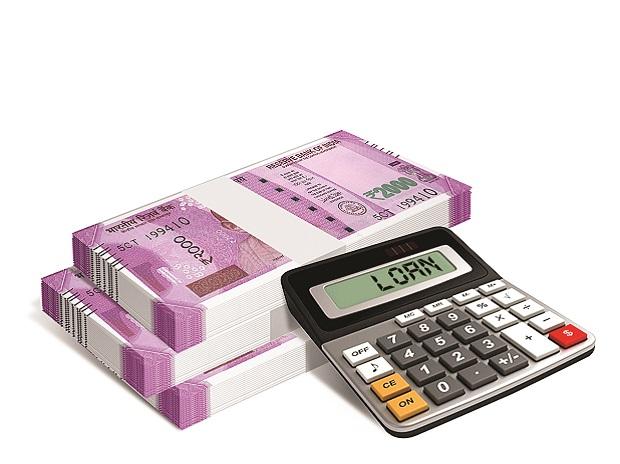[ad_1]
On the back of increased penetration, the quarterly loan disbursals to the Micro, Small and Medium Enterprises (MSMEs) in India have doubled in the last two years, data from a new report showed. From Rs 1.58 trillion in the Jan-March quarter of 2019-20 (Q4FY20), the disbursal amount crossed Rs 3.03 trillion in Q3FY22 and Rs 3.25 trillion in Q4FY22.
The demand for MSME debt was highest in Maharashtra, which accounted for 20 per cent of the total demand in India.
The disbursals have been led by increased penetration as the approval rate for medium risk loans remained stagnant between FY21 and FY22, the MSME Lending Report 2022 released by Mumbai-based venture capital (VC) firm BLinC Invest said. It collected data from over 15 states in India through on-ground visits, telephonic interviews and interviews with key industry leaders in the financial services sector.
“…approval rates for the medium risk tier segment have remained unchanged, hovering around 30 and 35 per cent, for private banks in the last one year and have decreased for PSUs and NBFC over the last 2 years,” the report said.
The average loan ticket size has gone up in small and medium firms. In small enterprises, it has risen from Rs 4.9 million in Q4FY20 to Rs 5.9 million in Q4FY22. In the medium, it has increased from Rs 9.5 million to Rs 14 million during the same period.
In micro-enterprises, it has remained flat at Rs 900,000.
In India, a micro-enterprise has an investment of less than Rs 10 million and a turnover of less than Rs 50 million. For small enterprises, investment and turnover are less than Rs 100 million and Rs 500 million, respectively. Firms with investments above Rs 100 million but below Rs 500 million and turnover between Rs 500 and Rs 2.5 billion are categorised under medium.
The report added that the private sector has been at the forefront of lending to the MSMEs, followed by the Non-banking Financial Companies (NBFCs). The average loan size by private banks in Q4FY22 was Rs 4.4 million. In NBFCs and public banks, it was Rs 2.1 million and Rs 1.7 million, respectively.
“PSUs with their branch network and NBFCs with their feet-on-street network can help further drive financial inclusion in Tier 3 and 4 towns and villages in the country,” the report added.
The Business Correspondents (BCs) had the highest credit penetration in rural areas. Payment gateways, QR codes, and NBFCs were the more favourable credit channels in urban and semi-urban areas.
[ad_2]
Source link




